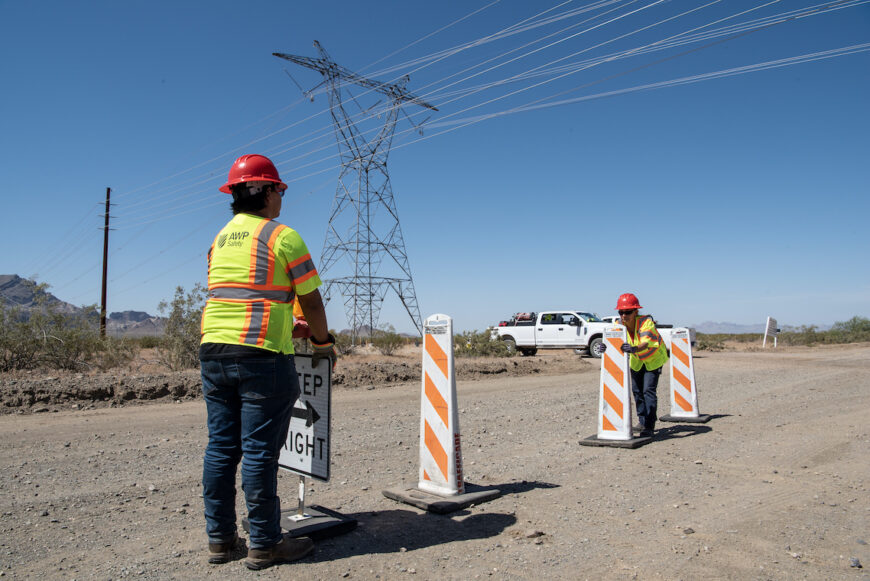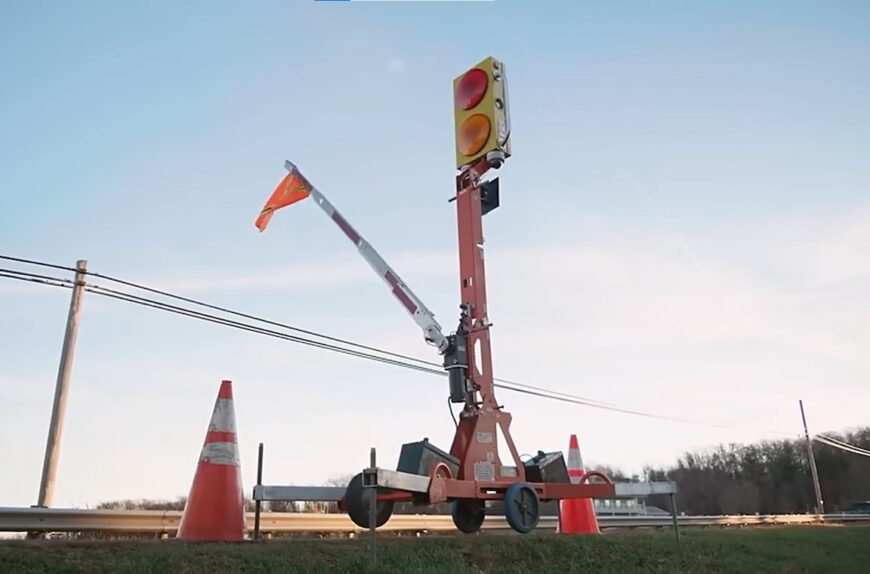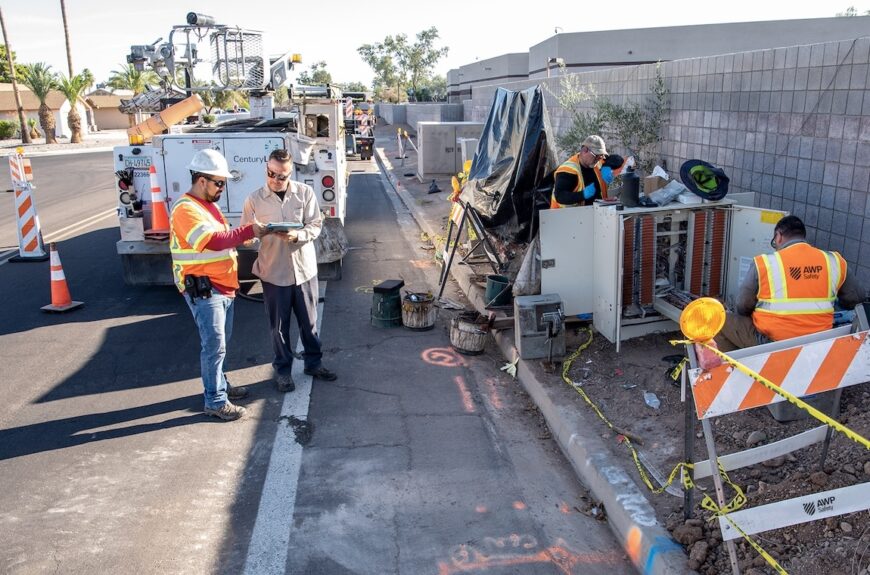
AWP Advises on Power Construction Zone Safety
Power Magazine, a global publication dedicated to the latest news and technology for the Energy Industry, recently featured an article written by AWP Safety VP of Safety, Mark Ludwig. In his article “Strategies for Operating Safely within Power Construction Zones,” Mark provides power industry leaders great insights into how to establish safe power construction work zones.
For any power related project, Mark emphasizes that it is essential for both employees and officials to remain vigilant when it comes to safety. A properly planned and implemented work zone helps to ensure that everyone is better protected.
Work zones operate best when they are designed properly – limiting construction site access and keeping disturbances to a minimum. Mark shares key areas to keep in mind when planning for an optimal work zone:
- Safety Planning: No two construction projects are alike, meaning safety measures are unique to each project as well. A comprehensive safety plan should be implemented prior to the start of any work, and regular meetings should be held where safety protocols and procedures can be discussed.
- Safety Training: There are many types of valuable work training programs available beyond standard workplace safety training. Many are offered through safety organizations like the National Safety Council. Your supervisors can leverage relevant courses to ensure employees are prepared. Additional training can improve employee knowledge and understanding of specific construction environments and new technologies.
- Safety Gear: All safety equipment approved for the project should be tested and maintained on a regular basis to ensure compliance. The American National Standards Institute (ANSI) guidelines require full-body harnesses to have “breakaway” lanyard keepers that break if any pressure greater than 120 lbs is encountered. Guidelines like this exist to ensure safety.
- Risk Assessment: Risk assessments of the work site should be performed regularly to identify potential hazards. For any work zone, a pre-job safety briefing should be conducted at the start of each day (and as shifts change). During this briefing, a safety supervisor should review safety practices, discuss any problems that may have occurred the previous day/shift, and assess current conditions that might impact the job site that day.
- Access Control: Measures need to be established to ensure only authorized personnel can enter the work zone. This can be done by installing access control systems at entry points; although, in some cases, it may be necessary to ensure that there is only one point of entry and exit, which should be monitored by a security guard and/or traffic supervisor.
- Electronic Surveillance: Today, wireless security technology is more feasible and cost effective than in the past. Crews can monitor work zone intrusions or suspicious activity using electronic surveillance technology, and often times surveillance systems can be linked to a data center allowing authorized personnel to monitor the work zone in real time.
- AFADs: Automated Flagger Assistance Devices (AFADs) are one example of how technology is improving the work zone. Learn more on our AFAD page.
You can learn more about Mark’s “Strategies for Operating Safely within Power Construction Zones” by reading his full article.
It is important to find a safety partner to help ensure proper planning and execution of an optimized work zone. These providers know the ins and outs of designing safe work zones and tend to be better equipped to handle unexpected issues that may arise —everything from the need to quickly evacuate personnel, to modifying the work zone in response to changing conditions. Utilizing a provider who is well-versed about local laws and industry regulations also helps companies avoid compliance issues or avoidable fines.
AWP Safety can help ensure your work zone operates safely and efficiently. Connect with our team and Request A Quote today!



